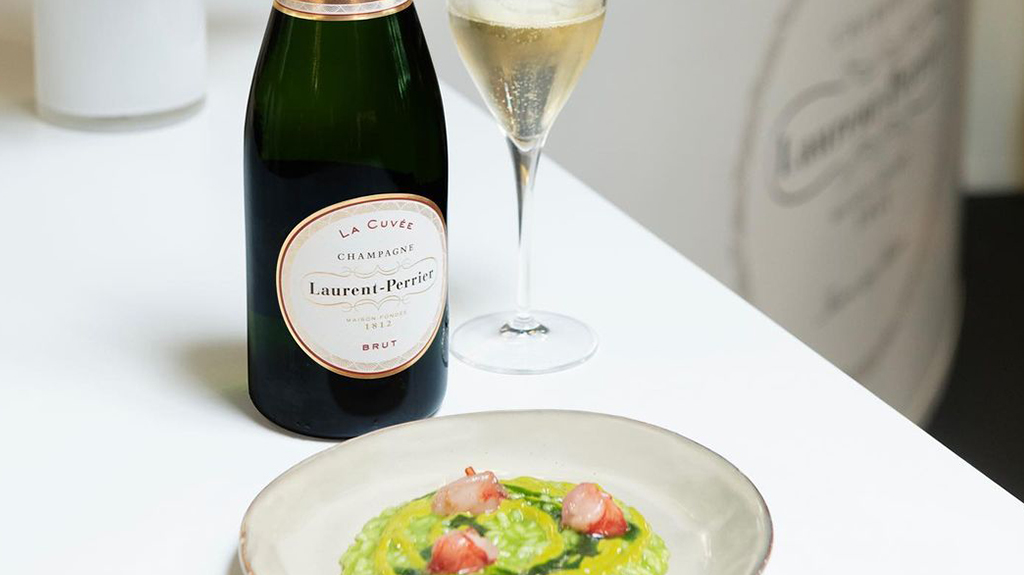A Quick Guide to French White Wines

Do you know your Graves from your Sauternes? Can you tell a Sancerre from a Pouilly-Fumé? Or alternatively, do you like a sauvignon blanc but French wine labels confuse you? Here’s our quick guide to French white wines.
Introduction to French wine
Historically, France has always been a hugely important producer of wines and was an early adopter of systems to protect the origin and quality of its wines. Many wine producing countries around the world have since adopted methods of quality control based on the French systems.
French wineries traditionally label their bottles with the geographical origin of the wine, rather than the grape variety used. With the rise in popularity of New World wines towards the end of the 20th century, some French wineries have moved to include the grape variety somewhere on the label. However this trend is still rather limited. So if you want to try, say, a sauvignon blanc from France to see how it differs from a New Zealand example, it’s best to know which French region to look for.
Regions, appellations and grape varieties
There are over a dozen French wine regions and more than 300 designated appellations, so here’s a quick rundown of just some of the most popular French white wines and their corresponding grape varieties:
Bordeaux
Sauvignon blanc and sémillon are the most widely grown grapes in the Bordeaux region. Blends of the two, in particular, tend to have high acidity and often age very well.
Graves
The white wines of Graves tend to be dry blends of sauvignon blanc and sémillon.
Sauternes
This appellation is famous for its sweet dessert wines, produced from sauvignon blanc, sémillon and muscadelle grapes infected with a fungus known as noble rot. The fungus dessicates the grapes, which concentrates the sugars in the fruit, hence the sweetness of the resulting wine.
Burgundy (Bourgogne)
White burgundies are almost exclusively made from chardonnay grapes. They are often creamy in texture with generous oak, in a style emulated around the world. Try Louis Latour’s Bourgogne Chardonnay for a lovely example.
Chablis
This northern part of the Burgundy region typically produces clean, crisp, citrussy chardonnays with very little oak, such as Louis Latour’s Chablis La Chanfleure.
Pouilly-Fuissé
Another area famous for its chardonnay grapes, Pouilly-Fuissé wines tend to be delicate and refreshing with definite oak influence. Louis Latour’s Pouilly-Fuissé is a great example: green apple and tropical notes, with medium acidity and a smooth roundness to the palate.
Champagne
Arguably the most famous wine region in the world, Champagne is of course renowned for its superb sparkling wines. The majority of these are made from pinot noir, pinot meunier and chardonnay grapes.
Laurent-Perrier La Cuvée Brut makes for a good example.
Languedoc-Roussillon
This is a large region with a correspondingly large range of landscapes, geology and microclimates within the Mediterranean-influenced south of France. As a result, the wines produced here vary in style enormously. The most important grape varieties grown are chardonnay, chenin blanc, grenache blanc, bourboulenc, muscat, mauzac and picpoul. Gérard Bertrand produces some particularly good wines from this region, for example Château l’Hospitalet La Clape Grand Vin Blanc, a masterful blend of bourboulenc, grenache blanc, vermentino and viognier.
Loire Valley
The majority of production in the Loire Valley is of white wines, mainly from chenin blanc, sauvignon blanc and melon de Bourgogne grapes. This region is also the second largest producer of sparkling wines in France after Champagne.
Pouilly-Fumé
Pouilly-Fumé wines are made solely from sauvignon blanc grapes. These have a gooseberry, nettle, and mineral character with softness on the palate. Try out Louis Latour Pouilly Fuissé 2020.
Sancerre
Sancerre wines are also made from sauvignon blanc. They are similar to Pouilly-Fumé but tend to be more vibrant in their youth.
Vouvray
Vouvray wines are produced exclusively from chenin blanc grapes but in a variety of different styles from dry to medium-sweet to sparkling.
Rhône
The Rhône wine region follows the wider valley of the Rhône river. Divided between the north and south in terms of wine production, the north produces mainly red wines and the south a mixture of red, white and rosé.
Châteauneuf-du-Pape
More famous for its red wines, this appellation also produces some fabulous whites made from grenache blanc, roussanne, bourboulenc, clairette, picpoul and picardan in varying quantities. Famille Perrin’s Les Sinards Châteauneuf-du-Pape is an elegant example with lovely stone fruit aromas and flavours.
Côtes du Rhône
The principal white wine grapes of the Côtes du Rhône appellation are grenache blanc, marsanne, roussanne, clairette, viognier and bourboulenc. This is one of the largest appellations in the world, so there is some variety in the wine styles produced. Famille Perrin’s Réserve Côtes du Rhône Blanc is floral on the nose, dry and elegant on the palate.
In Conclusion
French wine labels can be confusing if you don’t already know something about the regions of France and their prime wine production. As a cheat sheet, the best and most famous French white wines/grapes and their regional associations are:
Chardonnay – Burgundy
Chenin blanc – Loire
Grenache blanc – Rhône and Languedoc-Roussillon
Sauvignon blanc – Loire
Sauvignon/semillon blends – Bordeaux
Sparkling wines – Champagne

